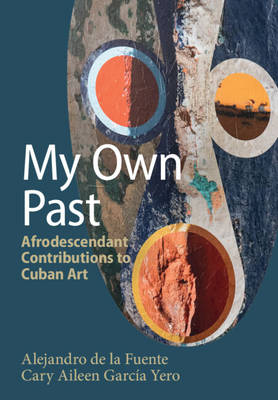
- Afhalen na 1 uur in een winkel met voorraad
- Gratis thuislevering in België vanaf € 30
- Ruim aanbod met 7 miljoen producten
- Afhalen na 1 uur in een winkel met voorraad
- Gratis thuislevering in België vanaf € 30
- Ruim aanbod met 7 miljoen producten
Zoeken
My Own Past
Afrodescendant Contributions to Cuban Art
Alejandro de la Fuente, Cary Aileen García Yero
€ 77,95
+ 155 punten
Omschrijving
In late eighteenth-century Havana, residents frequently referred to the existence of large communities of negros and pardos as 'officers in the trade of painter' and the authors of 'exquisite works.' But who are these artists, and where can we find their works? What sort of works did they produce? Where were they trained, and how did they master their crafts with such perfection? By centering the artistic production and social worlds of artists of African descent in Cuba since the colonial period, this revisionist history of Cuban art provides compelling answers to these questions. Carefully researched and cogently argued, the book explores the gendered racial biases that have informed the constitution of the Cuban art canon; exposes how the ideologues of the slave owning planter class institutionalized the association between 'fine arts' and key attributes of whiteness; and examines how this association continues to shape art historical narratives in Cuba.
Specificaties
Betrokkenen
- Auteur(s):
- Uitgeverij:
Inhoud
- Aantal bladzijden:
- 304
- Taal:
- Engels
- Reeks:
Eigenschappen
- Productcode (EAN):
- 9781009586467
- Verschijningsdatum:
- 13/11/2025
- Uitvoering:
- Hardcover
- Formaat:
- Genaaid
- Afmetingen:
- 175 mm x 249 mm
- Gewicht:
- 952 g

Alleen bij Standaard Boekhandel
+ 155 punten op je klantenkaart van Standaard Boekhandel
Beoordelingen
We publiceren alleen reviews die voldoen aan de voorwaarden voor reviews. Bekijk onze voorwaarden voor reviews.








